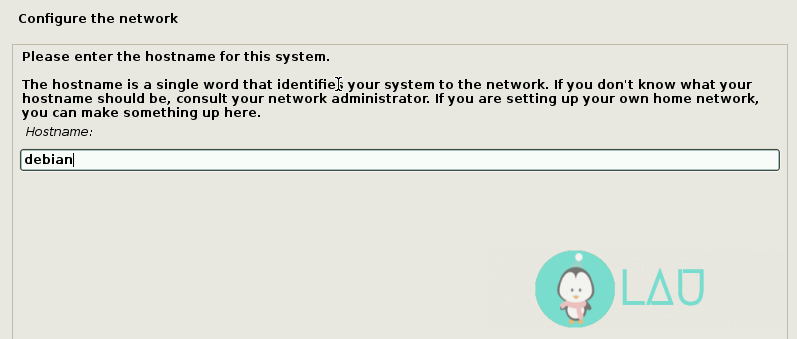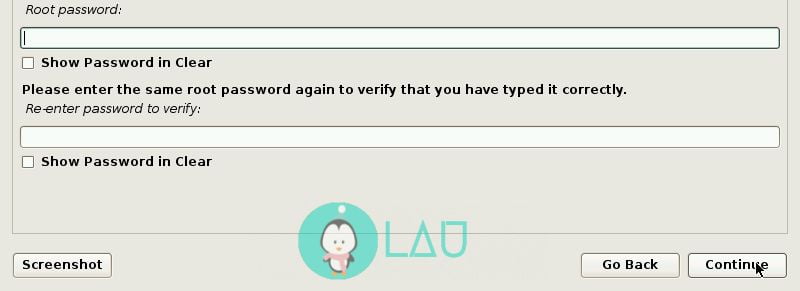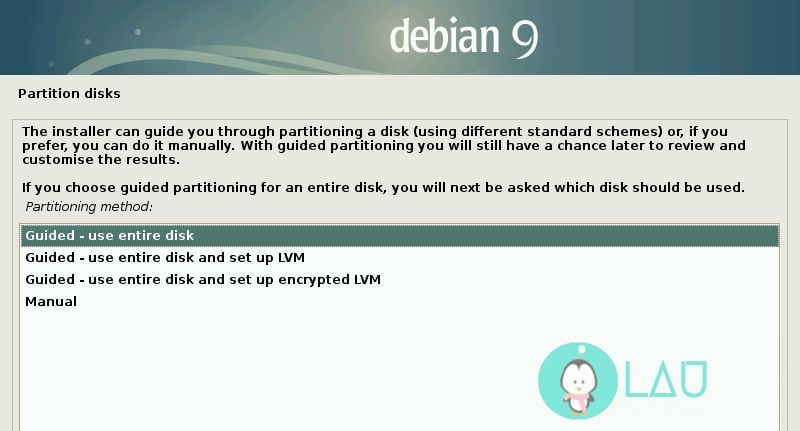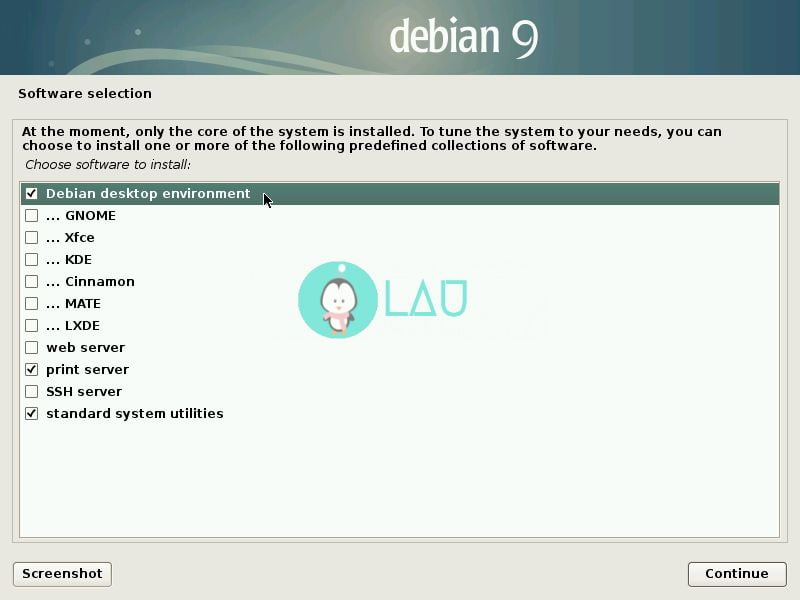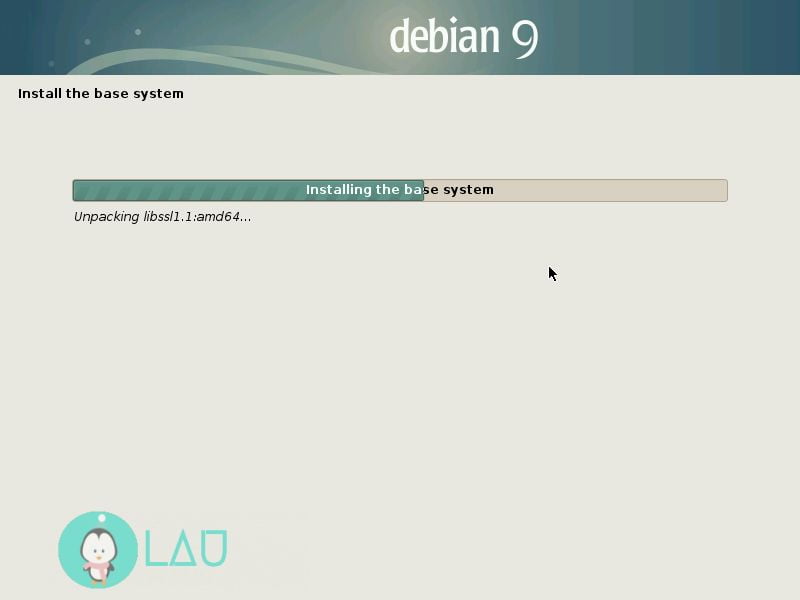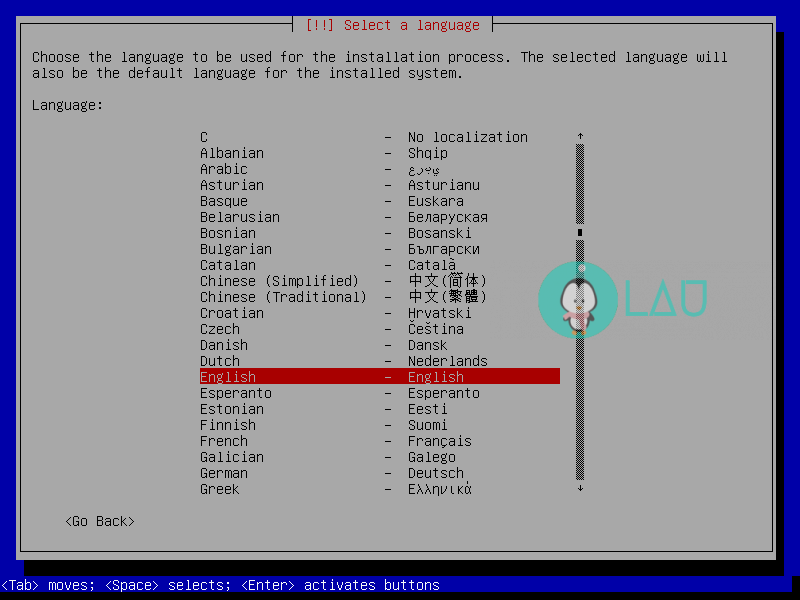Debian is an Operating System like Microsoft Windows 10 and OS X. It is also the mother of all operating systems when one talks about its derivatives like Ubuntu, Linux Mint, Zorin OS, etc.
Debian has a cool installation setup that is quite beneficial to power users but a daunting one for end-users who dislike spending more time on installation setups. The first part of this series will guide you on how to install the Debian operating system on your computer.
Downloading Debian OS
When downloading Debian OS, you should select the appropriate image file that is compatible with your computer’s hardware architecture. And since Debian’s official web page encourages you to install the OS using netinstall because they assume that you have a good internet connection, you can opt for that. Otherwise, download the images with a BitTorrent program because the offline/DVD image has a huge file size (over 4 GB).Moreover, there are three Debian DVD images for downloading ie., DVD 1, 2 and 3.
The DVD labeled as 1 is the Debian OS (you should download this) and the remaining two are a collection of software for offline installation purpose. You can download the other two DVD if you are installing Debian on a computer that has very poor or no internet connection at all.
Installation Procedure
Installing Debian is quite lengthy and somewhat technical for most newbies. But worry not :)I’ll cover and briefly explain the steps you’ll encounter during the installation process. Starting from the first, there are at least 16 steps in total for successfully installing Debian on your computer:
1. Language
This setup allows you to select your preferred system language. By default it’s English.
2. Location
Based on your location (country) the number, currency, and time format will be customized to suit the specified region. For instance, a user living in India will get customized currency as Indian rupee, number formats in 12,34,567, and measurement in the metric system.
3. Keymap
Most popular keymap is QWERTY ie., US English, but yours may vary. Be sure to check your keyboard layout before selecting one.
4. Network Hostname
By default, the hostname is set to Debian. I recommend just proceeding ahead without modifying the hostname. But still, it’s up to you if you want to change it.
5. Domain Name
Set it to .localdomain since I’m assuming you are installing Debian for personal use purpose. You can leave this as blank too and just press Enter key to proceed ahead with the next step.
6. Root Password
Root password is for administrative work such as installing and removing software, changing system configuration, etc. Choose a strong password that you can remember.
On a side note, setting root password would require you to use su and not sudo command when performing an administrative task. You can leave this part and select Continue if you wish to use sudo (your user account password) as you’d do with other Linux distros like Ubuntu, Linux Mint, etc.
7. User Account
This user account will be used for signing in and out of your computer. You will be asked to enter your full name.
8. User Name
Your username will be determined by the first name you previously entered as your user account. The only minor change is that the username will all be in lower-case. You can change it or leave it be.
9. User Password
This password is for the current user account you are creating and is used for securing logging in and locking out from your account, and performing the administrative task on your computer (if you’ve skipped the step 6 Root Password).
10. Time Zone
Based on your selected region or location you are in, the computer clock will get customized to suit that region. Be sure to select the location you are in or if in case your location is not available in the list, select the one that is close to you.
11. Partition Disks
There are four ways you can partition your hard disk but we’ll focus on the two main methods ie., Guided (for beginners) and Manual (for geeks).
I recommend using the Guided method if you are not really sure about partitioning on a Linux system. Guided method will find the largest free space on your computer’s hard disk to install Debian OS and this method is safe if you wish to keep your existing OS like Windows for dual booting purpose.However, for most Linux geeks, they would love to get their hands dirty with the Manual method.
12. Package Manager
This part will let you configure the package management for Debian. It’ll prompt you whether you wish to scan another DVD (remember DVD 1, 2, and 3 in the above Downloading section?) if you have one. This allows you to install software offline from the DVD without having to download the packages from the servers.The tricky part with scanning another DVD is that it’s quite cumbersome with ejecting the disc. You’d have to select OK twice and instantly hit the eject switch before disc scanning is initiated by your hardware. Otherwise, the disc won’t eject. However, you’ll get the hang of it (like I did… with patience) after some fails.
For most users, I recommend going ahead with the next step by selecting No when the prompt shows up. You can still install software if you have a decent Internet connection speed.
13. Network mirror
Setting a network mirror that is close to you will allow your computer to get the best download speed while installing software. However, if you are installing Debian on a computer that is not connected to the Internet, you can skip this part.
14. Popularity Contest
Setting Popularity contest to yes will send some analytics to the Debian servers. This consist of information on only the software you commonly use on your computer, so Debian maintainers can decide what software to include on the next release of Debian disc 1 based on their usage popularity.
15. Software Selection
Here you can select your preferred Desktop Environment for your Debian OS (by default it’s GNOME) and some additional server tools if you plan to use your computer as a server.However, for personal and office use, select only the desktop environment and proceed with the Continue button.
Installing software may take around 45 minutes.
16. GRUB
GRUB is the bootloader program that is first loaded before your OS. This program also enables you to choose your preferred OS when the computer starts up (aka dual/multi-booting). Make sure you install GRUB otherwise your computer might end up unusable even if Debian is installed on your hard disk.This concludes the last step for installing Debian and soon you’ll be prompted to restart your computer to finish its installation.
Methods for Installing Debian
After burning the downloaded Debian image file to a disc or USB drive, you can proceed with the installation. There are two ways to install Debian OS:
- Graphical method and
- Command line method
Either way, whichever installation method you choose the setup will take some time…
Both of them will prompt you for setting up time zone preferences, keyboard layout, root password, user account, and password, etc After which the base system will be installed, and you’ll further be prompted to choose a Desktop Environment before the system is fully installed.
Graphical method
This is the most user-friendly approach for those wanting a direct User Interface that they can interact with the mouse and keyboard, to install the Debian Operating System. I’d recommend taking this approach if it’s your first time trying out Debian.
Unfortunately, some might encounter an error/bug when proceeding with the graphical method. The mouse cursor doesn’t respond to user input (that happened on my notebook computer). In this case, it’s best reverting to the command line method for installing Debian on your computer.
Command line method
The command line method (which will be listed as “Install” only) is a much-dreaded option for most users mainly due to the reason that it’s hard to work around it. But in reality it’s quite the opposite on Debian installation setup, mostly, all you have to do is select the appropriate option with the keyboard arrow keys and hit the Enter key. So no mouse cursor support.
But if in case your hardware has issues with the graphical method, the command line is the only guaranteed way to install Debian on your computer.
Conclusion
You’ve successfully installed Debian on your computer. Hooray..! But wait a moment, did you know that Debian aims to provide only free software to the end users? If not, lucky you, that means your proprietary hardware devices like Intel firmware, wireless card, etc won’t work unless you enable non-free components. Moreover, Debian doesn’t have boot animation set up for you. Stay tuned for my next part 2 Setting up Debian series where I’ll guide you on the post-installation setup. Until then, take care.

